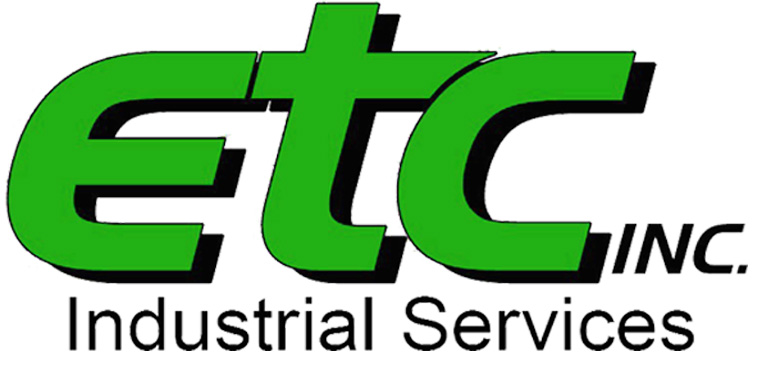Dry Ice
Dry Ice
What is Dry Ice?
Carbon Dioxide (CO2) is a colorless, tasteless, odourless gas that is found naturally in our atmosphere. CO2 can be cooled and compressed under high pressure to make liquid CO2. Dry ice is produced when the liquid CO2 is allowed to expand to an ambient pressure. This produces a CO2“snow” that can be compressed into convenient dry ice blocks, nuggets or pellets.
Principals of Dry Ice Cleaning
Dry ice blasting is a cleaning process similar to other forms of media blasting except that dry ice is used as the blasting media. Dry ice particles are accelerated by compressed air, usually in the range of 80 – 100 psi, to impact and clean a surface.
Once the dry ice hits the surface, the cold temperature of the dry ice (-109° F) causes shear stresses in the unwanted material due to the thermal shock. Upon impact, the dry ice vaporizes as it returns to its natural gaseous state and expands to flush the surface. This phenomenon creates enough force to overcome the bonding strength of the unwanted material and pop the material off from the inside out, leaving only the removed material behind.
Dry ice is quite soft and is less dense than other forms of blasting media which allows it to clean extremely delicate electrical components as well as heavy duty equipment. Depending on the cleaning application, dry ice will come in either a block form or in varying sizes of pellets. Dry ice blocks are shaved down in our “soft-touch” unit and are used to clean the delicate surfaces, whereas pellets are typically used for more aggressive dry ice blasting jobs.
Why Consider Dry Ice Cleaning?
First, it’s environmentally friendly. Traditional cleaning methods use chemicals or harsh solvents which are harmful to both the environment and worker safety. Second, it’s clean. Dry ice blasting is a highly efficient cleaning process that will result in a clean, dry, undamaged surface, with no secondary waste to clean up or dispose of. In certain situations, used blasting media will come into contact with hazardous materials. As a result, the used blasting media will be classified as a hazardous waste and will increase the total volume of hazardous waste required for disposal.
In most dry ice applications, no disassembly is required, no masking, no cool down, no harsh solvents, no added waste and no damage is caused to the equipment while being cleaned. This results in cost savings for our clients because we are able to clean the equipment in place and they avoid disassembly costs and lost production. The process is also non-abrasive, preserving the integrity of the targeted surface. It is a quicker and more thorough clean and it reduces or eliminates hazardous waste disposal costs.
Contact us today to find out how we can help you!
We have over 100 years of combined industrial service experience and the specialized equipment needed to handle the most delicate to the toughest of jobs.
